Last updated on
Here’s how to choose the right energy-efficient windows. Choose from the most popular types.
In the world of sustainable living, the design of your home is not only about aesthetics but also about energy efficiency, adequate thermal performance, and reducing the carbon footprint.
According to sustainability experts, one of the most critical elements of eco-friendly house design is the selection of energy-efficient windows.
The right windows help minimize heat loss, drop energy costs, and provide natural light and ventilation.
That is why today, we will explore top window designs for sustainable living and discuss how to choose the best energy-efficient windows for your eco-friendly home.
Natural Ventilation Windows
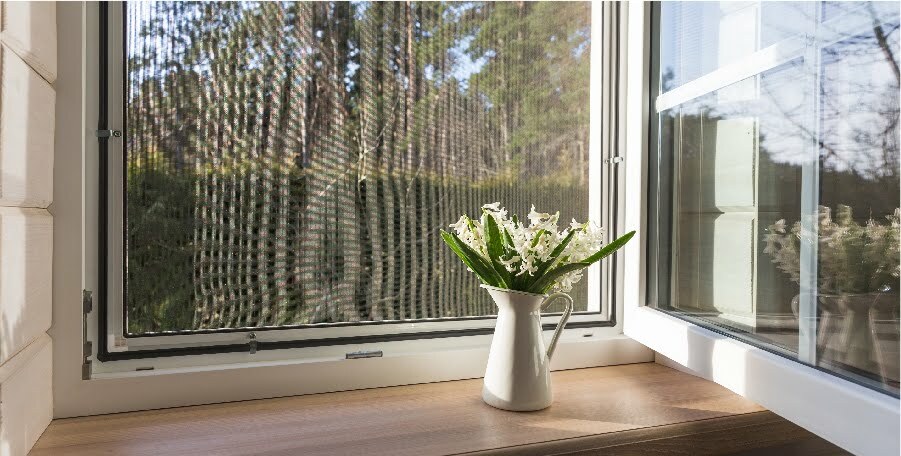
Natural ventilation windows are designed to optimize airflow and reduce the need for air conditioning. These windows can cut energy consumption by up to 30%, contributing to a healthier and more comfortable living environment.
According to experts from Vancouver, the best designs for window replacement to elevate natural ventilation are:
- Casement windows: These units are hinged on one side and operate outward like a regular door, facilitating airflow within your space. They are particularly effective in catching side breezes, making them popular for eco-friendly homes.
- Awning windows: They are hinged at the top and open outward, allowing fresh air to enter. These models are perfect for providing optimal ventilation even during rainy weather.
- Sliding windows: Modern, sleek units usually installed in hard-to-reach places requiring an easy operation. It can be opened by gliding one left or right panel to allow maximum airflow.
Solar Gain-Optimized Windows: Specifics & Implications
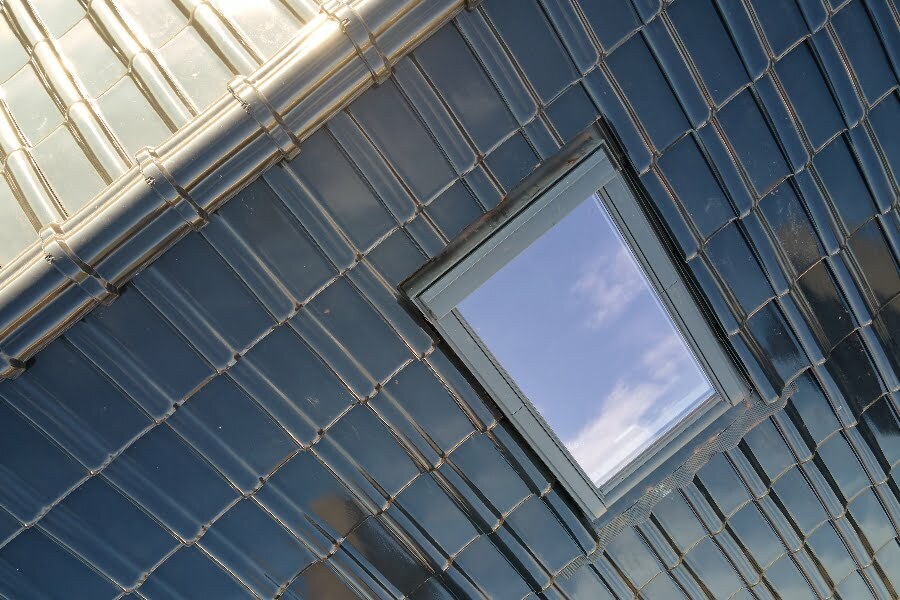
Solar gain-optimized windows are manufactured to maximize heat from the sun in winter and minimize heat gain in summer. Such high-quality, energy-certified windows can reduce heating and cooling costs by up to 50%. What to pay attention to when considering these products?
- Window orientation: South-facing windows are ideal for maintaining passive solar design.
- Glazing types: Double or triple glazing with low-emissivity (low-E) coatings can minimize winter heat loss and reduce summer heat gain. Triple glazing is recommended for colder regions.
- Material & insulation: Well-insulated window frames and sashes can significantly improve the overall energy performance of your windows. Experts recommend using modern vinyl windows to balance overall thermal performance and cost.
Greenhouse Windows
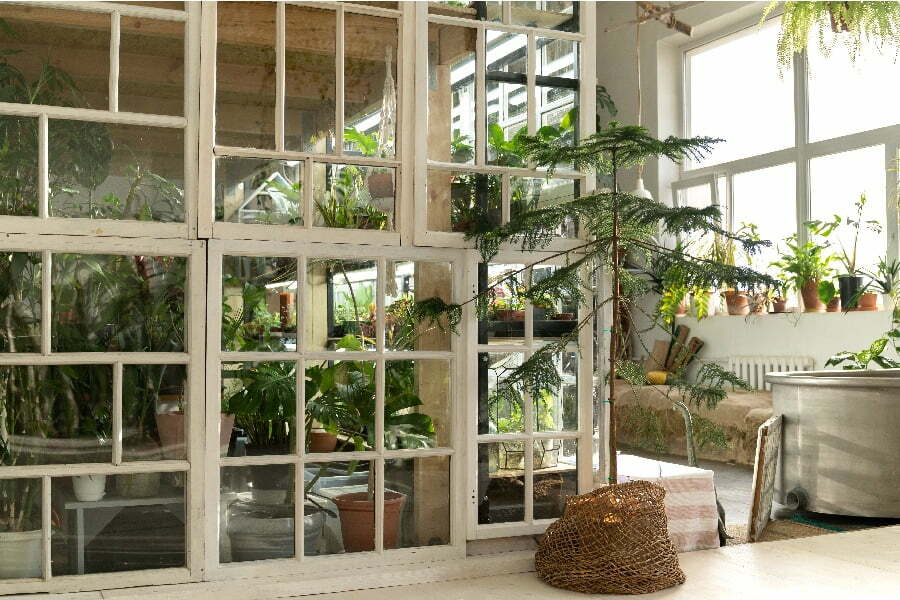
Greenhouse windows, a.k.a. garden windows, protrude from the exterior wall and create a small, sunlit space perfect for growing plants or herbs. These windows can improve indoor air quality by filtering pollutants and providing oxygen through photosynthesis.
Suitable locations for greenhouse windows include kitchens, living rooms, or any space that receives ample sunlight. When choosing a greenhouse window, consider materials like aluminum or vinyl frames and energy-efficient glazing to optimize insulation and durability.
Daylighting Windows
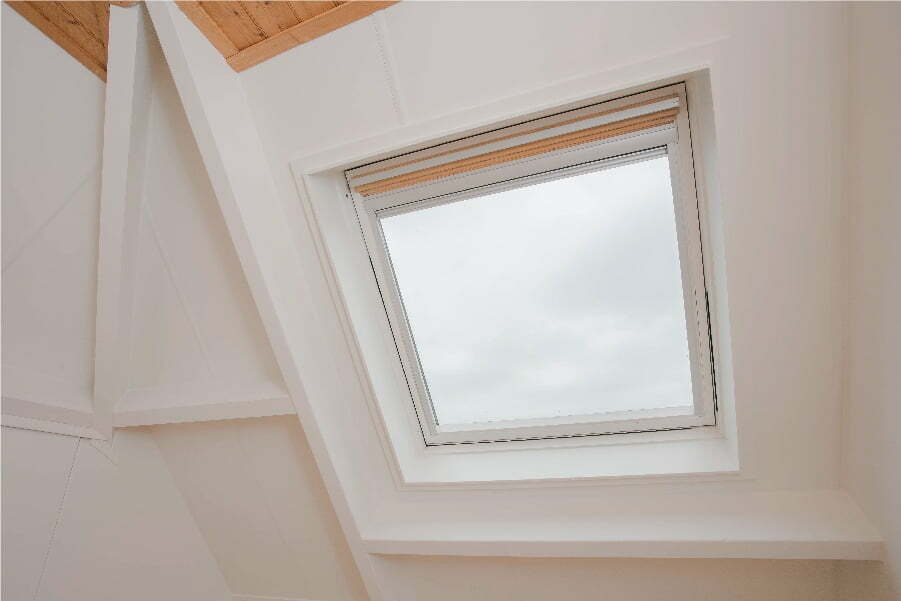
Daylighting windows are designed to maximize natural light, reducing the need for artificial lighting and lowering energy consumption. Some popular daylighting window designs are:
- Clerestory windows: Such window models are high-placed windows that allow sunlight to penetrate deep into a room. They can provide balanced daylight without glare or excessive heat gain. You can usually find these units in traditional or old houses.
- Light tubes: Light tubes, a.k.a. solar tubes or skylights designed to capture sunlight from the roof and direct it into the interior spaces. They can provide natural light to areas without direct access to the outdoors. Skylights are frequently installed in modern houses.
Choosing the Best Energy-Efficient Windows: Vital Aspects to Consider
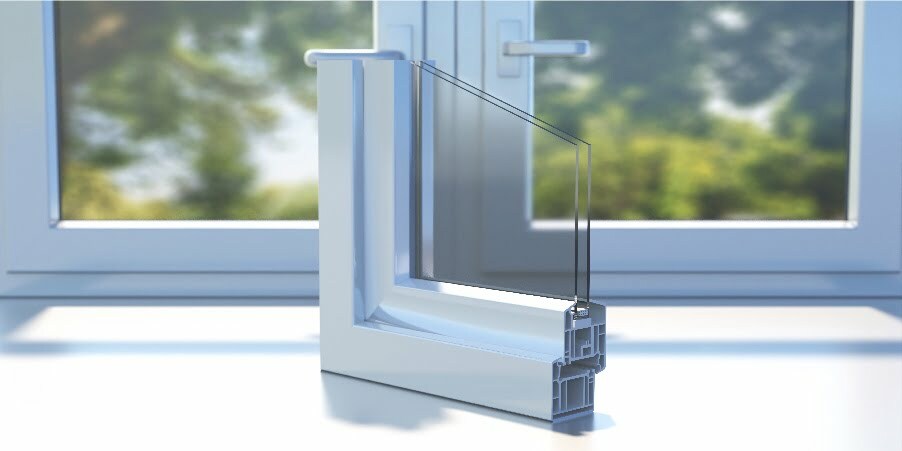
When selecting new energy-efficient windows for your eco-friendly home, consider the following factors:
- Energy performance ratings: Look for windows with a high energy performance rating from organizations like the National Fenestration Rating Council (NFRC) or ENERGY STAR. These ratings take into account factors such as U-value (the window’s insulation performance) and Solar Heat Gain Coefficient (SHGC, which measures how much solar heat the window transmits). The minimum ER for windows to be considered energy efficient is 34.
- Climate: Choose windows that are designed for your specific climate. For example, in colder climates, windows with low U-values and high SHGCs are ideal, while in hotter climates, windows with low U-values and low SHGCs are more suitable.
- Window frame material: Window frame materials can significantly impact a window’s energy efficiency. Vinyl, wood, and fibreglass frames are excellent choices for energy efficiency, while aluminum frames are generally less efficient due to their high heat conductivity.
- Installation: Proper installation is crucial to maximizing the energy efficiency of your windows. Ensure that a locally certified professional installs your windows to guarantee optimal performance. Moreover, review the warranty and replacement contract details. Things like the energy ratings of your new window should be specified and approved.
The Takeaway
Integrating eco-friendly features into your home design not only benefits the environment but can also reduce energy costs and improve the overall comfort and aesthetic appeal of your living space.
By considering the various window designs and energy efficiency factors discussed in this article, you can create a beautiful and sustainable home that meets your unique needs and preferences. Happy window shopping!
Related reading:
Table of Contents





